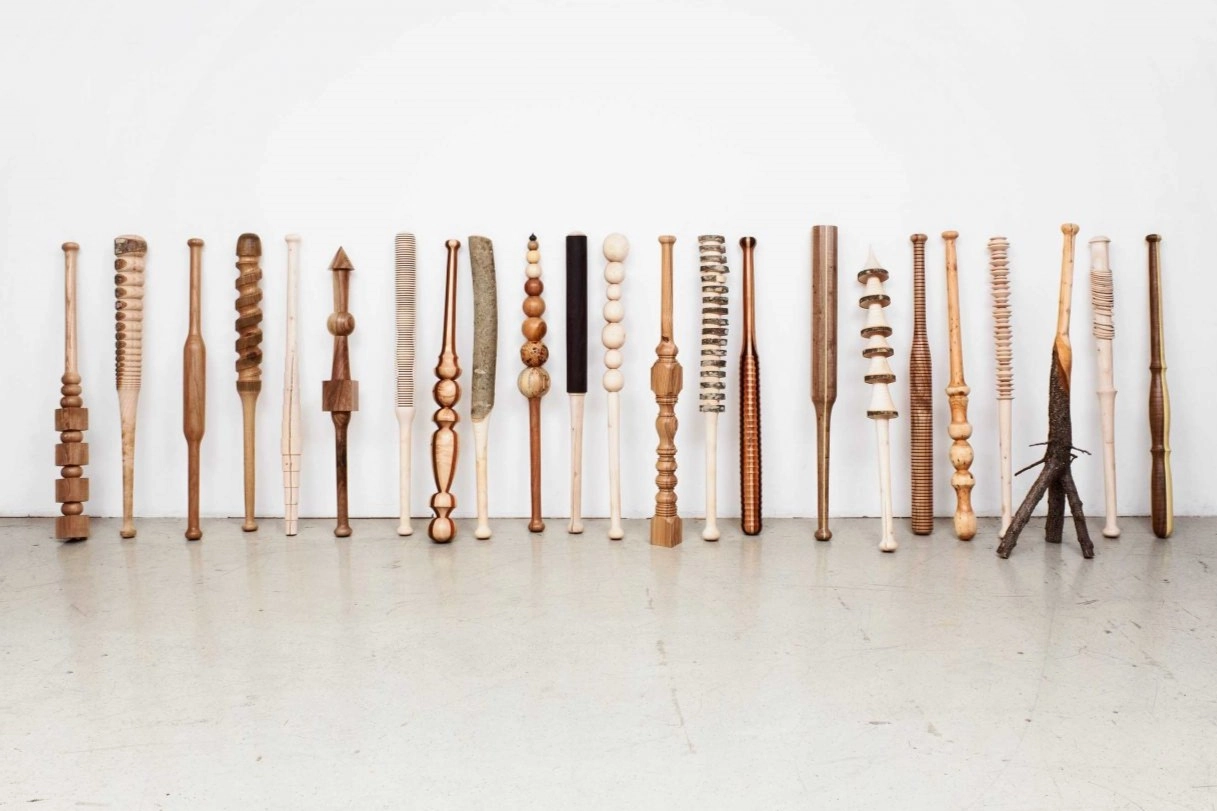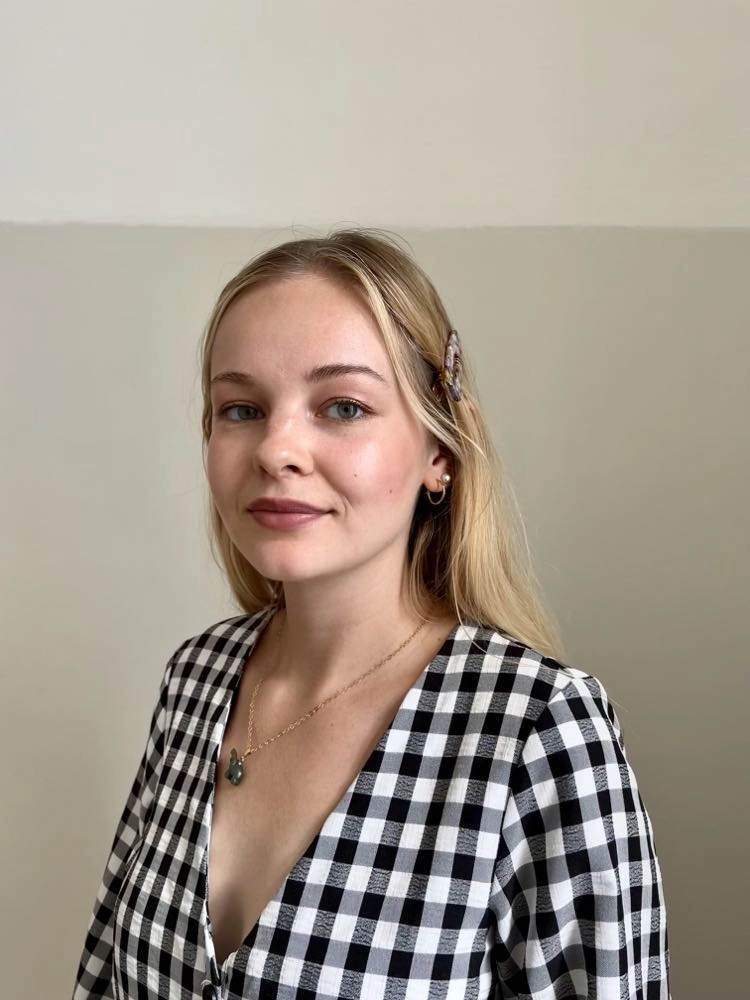The baseball bat is not just a piece of wood or metal – it symbolizes strength, determination, and focus. When viewed through the various perspectives of artists, a wide range of interpretations is revealed. Some may see in the bat the strength of will, while others may appreciate its precise craftsmanship. Each perspective offers us a new angle on how to perceive this ordinary object, demonstrating that even in everyday things, deeper meaning and inspiration can be found.
Bat Boyz
Bat Boyz is a work that reflects the important theme of racial segregation in American baseball. Created by artist Alison Saar, who often explores historical and cultural aspects of African American identity in her work, Bat Boyz utilizes baseball bats as a foundational element symbolizing the sport's history. Heads carved onto these bats represent players from the Negro League. This league emerged during a period when professional baseball was racially segregated, providing opportunities for African American players who were barred from the major leagues due to their race. By placing symbolic heads on baseball bats, the artist creates a piece that not only celebrates the sporting legacy of African Americans but also expresses their determination and courage in the fight for equality and justice. Through her work, the artist brings to the forefront the struggles and challenges faced by African Americans in the past, reminding us that equality was not, and in many cases still is not, a given.
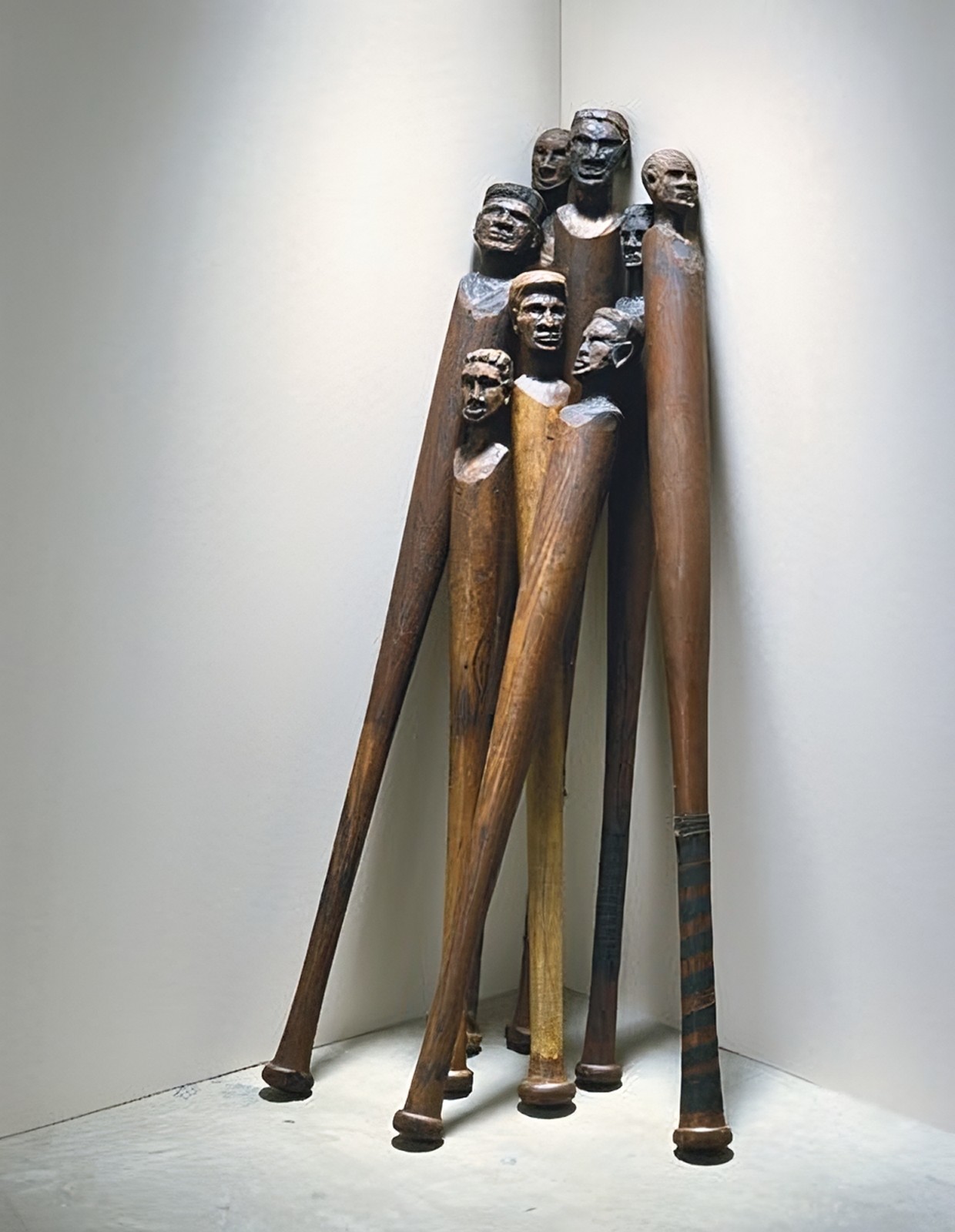
Alison Saar is an artist whose work is strongly influenced by both personal experiences and artistic heritage. She is renowned for her sculptures, installations, and prints, which incorporate found objects and explore diverse themes including gender, race, heritage, and history. Her art is an expression of a complex mix of personal, artistic, and cultural influences, ranging from metaphysical traditions to the art of the American Southwest and Mexico. Widely acclaimed, her works have found their place in prestigious museums and private collections across the United States. Saar has become celebrated for her ability to intertwine diverse elements and articulate important sociocultural and historical questions through her distinctive creations.
Dutch baseball
Peter Schuyff, a Dutch artist, gained fame through his vibrant paintings, where he playfully manipulates abstract geometric motifs and optical illusions. His creative range also extends to sculpture, and occasionally delves into the realm of music. In the 1980s, he garnered recognition as a prominent figure in the Neo-Geo movement in New York, showcasing his works in renowned galleries.
Beyond his paintings, Peter Schuyff became known for his unconventional sculptural creations, such as his series of baseball bats, which he carved into spiral shapes, later naming them Dutch Baseball. He found inspiration during his travels to the highlands of New Guinea. When seeking entertainment and engaging his creative mind in the evening at campsites, he began carving ornaments into wooden branches found around the campfire. Upon returning to New York, where branches were less accessible, he began modifying pencils, brushes, and wooden spoons into the same spiraled shapes as the bats. Several months later, he relocated to the west coast of Canada and discovered a fondness for yellow cedar in Vancouver, where he continued his carving pursuits.
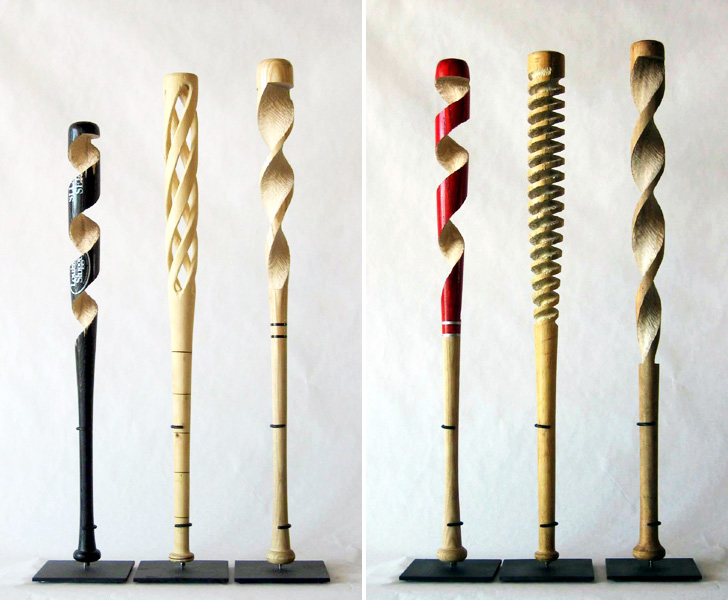
When Baseball Goes Punk
Matt Gondek is a pop artist whose work embodies a punk spirit, celebrating rebellion and destruction. In his pieces, primarily paintings and murals, we witness the disintegration of characters from animated shows, symbolically shattering our childhood ideals and memories of these heroes. The destruction of these animated idols acts as an invasive intervention into our nostalgic recollections, forcing us to confront the hidden layers of our emotional connection to these figures.
In addition to his renowned paintings and murals, Gondek has also created a series of baseball bats titled "Fight Club." These bats complement his work both in terms of color and aesthetics. Equipped with sharp spikes, they give the impression of being tasked with destroying these animated idols. Each bat is hand-carved, with evenly spaced silver spikes along its circumference. The colors are vibrant, applied in layers: one layer forms a solid color, while the other is composed of chaotic splatters, reminiscent of colorful carnage. Each bat is unique due to its handmade craftsmanship, color combinations, and pattern variations.
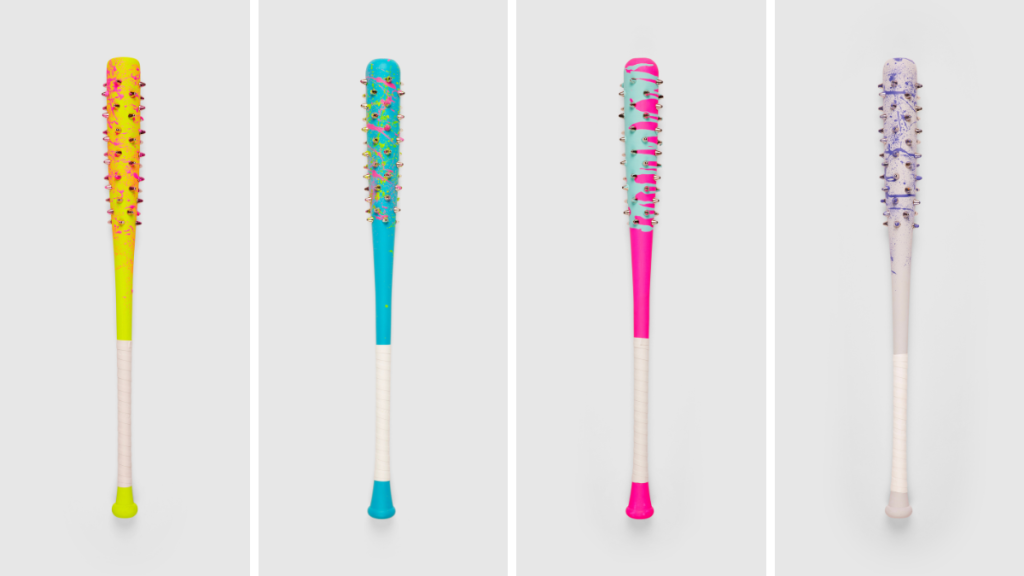
In addition to the entire series, Gondek also created digital versions of these bats in the form of NFTs through Makersplace.com, where future NFT owners could choose whether to keep the NFT and receive a hand-signed and numbered print of all 300 bats, or destroy the NFT and receive one of the 300 handmade physical bats.
Turnaround by Vincent Kohler
"Turnaround," or "Obrat" in Czech, is a series of wooden baseball bats created by artist Vincent Kohler between 2010 and 2011. This project presents a variation of thirty baseball bats made from different types of wood, each unique in its form and character. From the artist's perspective, these bats are more than just sports equipment. Through their diverse forms, they explore the symbolism of individuality, courage, and perseverance.
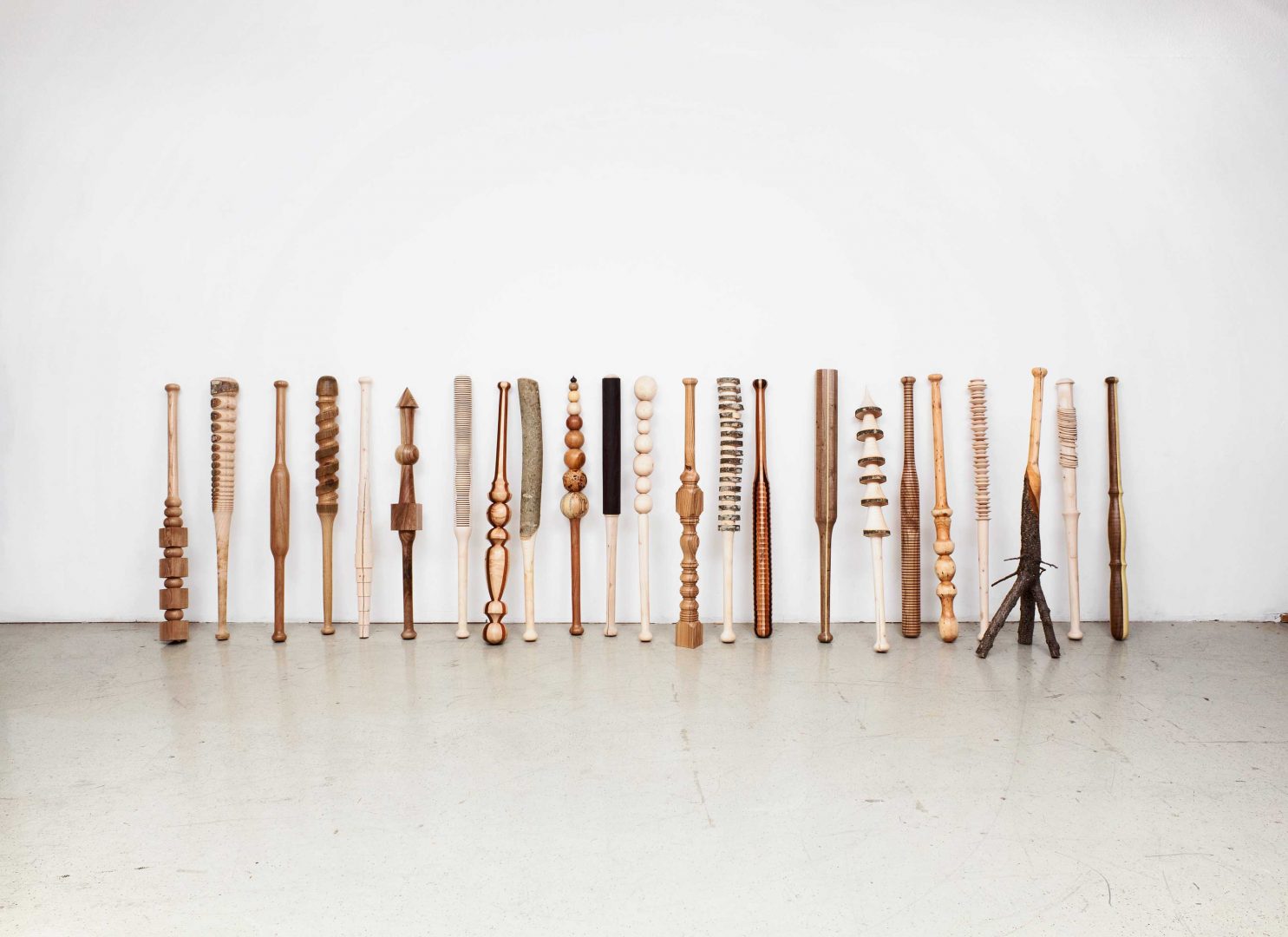
As part of the project, there is also a book that combines texts from various authors with specially taken photographs on this theme. Not only does the book complement the entire series, but it could be said to be a kind of guide that stimulates reflection on the meaning and power of sports and art in society.
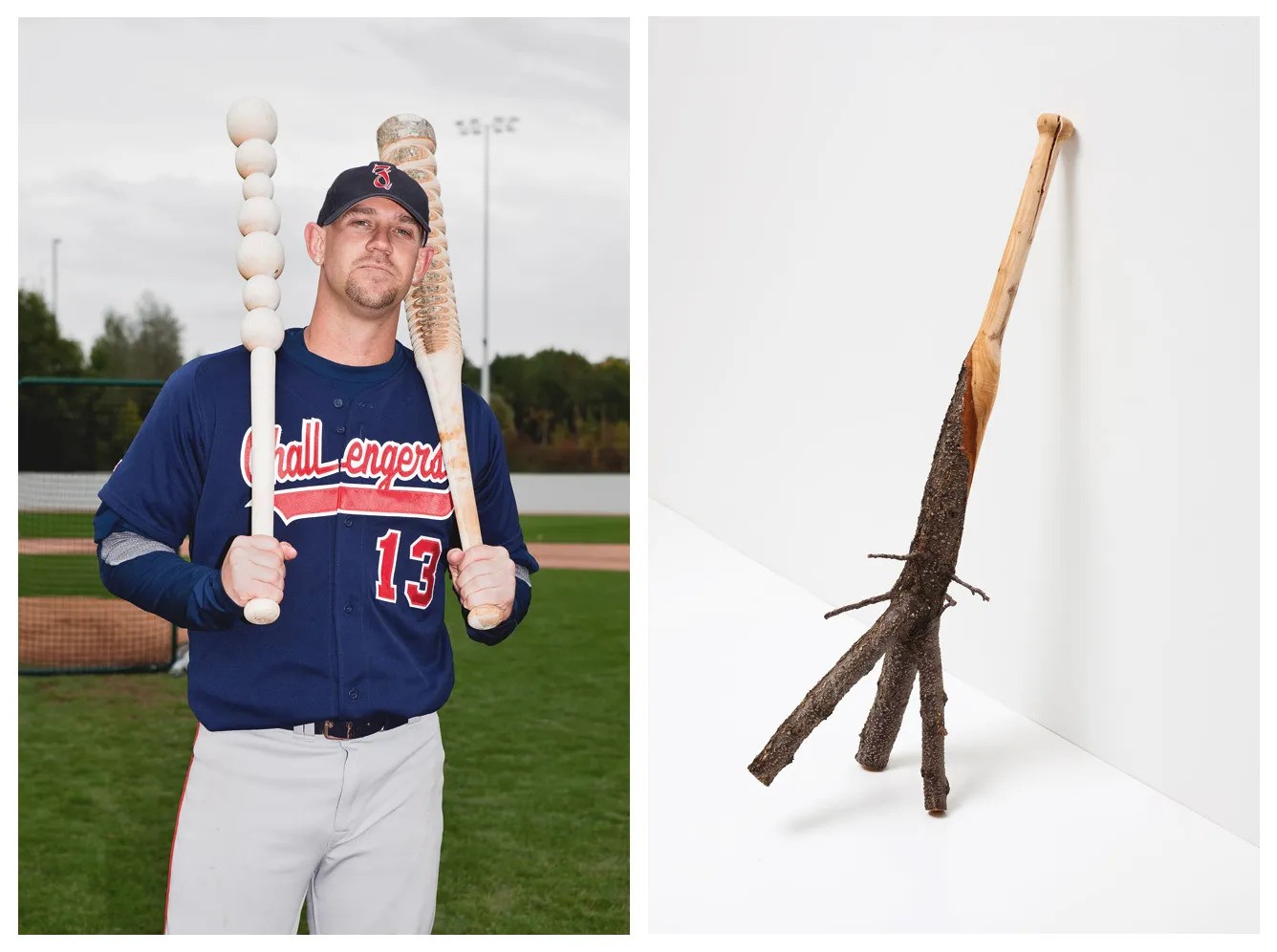
Vincent Kohler is a Swiss artist whose work encompasses a wide range of artistic forms, including sculpture and painting. The artistic series "Turnaround" was created due to the construction of the Heerenschürli sports center in Zurich. This center, with the first baseball field in Switzerland, is not only a place for sports activities but also a cultural oasis that connects local residents and the baseball community.
The Giant Bat
A giant baseball bat can be found in the heart of American Chicago. In 1977, it was designed by American artist Claes Oldenburg, who began creating designs for massive monuments in 1965. However, his monuments differ from others in that they mimic everyday objects, which the artist enlarges to colossal proportions. Some of the artist's proposals included a giant electric fan instead of the Statue of Liberty, giant scissors instead of the Washington Monument, a Good Humor ice cream bar for Park Avenue in New York, and a train station shaped like wristwatches for Florence, Italy. Most of these proposed monuments were never built.

Oldenburg found the nearby chimney reminiscent of a baseball bat, so he adopted its outline. With a combination of humor and meticulous construction, Batcolumn can be interpreted as a reference to historical monumental columns, a tribute to baseball, or a homage to the steel industry. The realized structure stands at over thirty meters in height, constructed from a network of 24 vertical and 1608 connecting reinforcements, with aluminum coated in gray enamel. Oldenburg's monument stands on a four-tiered pedestal, measuring four meters in height and ten meters in diameter.
4 Bats Plus One Board Equals a Table
Artist Margery Goldberg and her unique conference table, Zebra Slugger, from the early millennium, are evidence that the combination of sports and art can take on many forms, including designer furniture. Her table, named after Louisville Slugger bats, is made from zebra wood and baseball bats serving as legs. Another similar piece is a table named The Nationals.
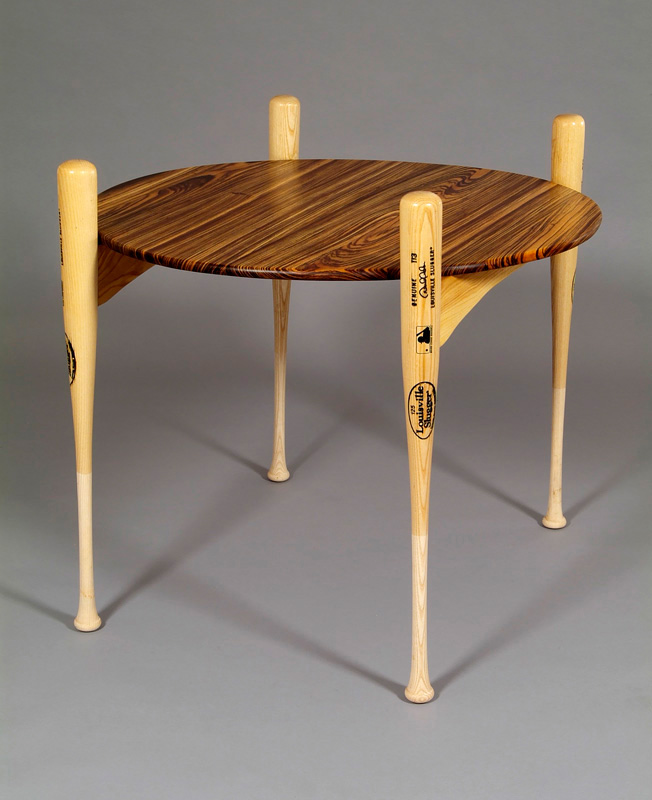
Zebra Slugger is not the only unique piece in Margery Goldberg's portfolio. Her innovative work in art and design is characterized by the use of various materials and techniques, often inspired by nature. Her pieces have been exhibited in many prestigious galleries and museums worldwide, earning recognition from both critics and collectors. Her passion for art is accompanied by active involvement in the artist community, where she supports education and talent development. She organizes workshops and courses for emerging artists and collaborates with non-profit organizations on art and education projects.
